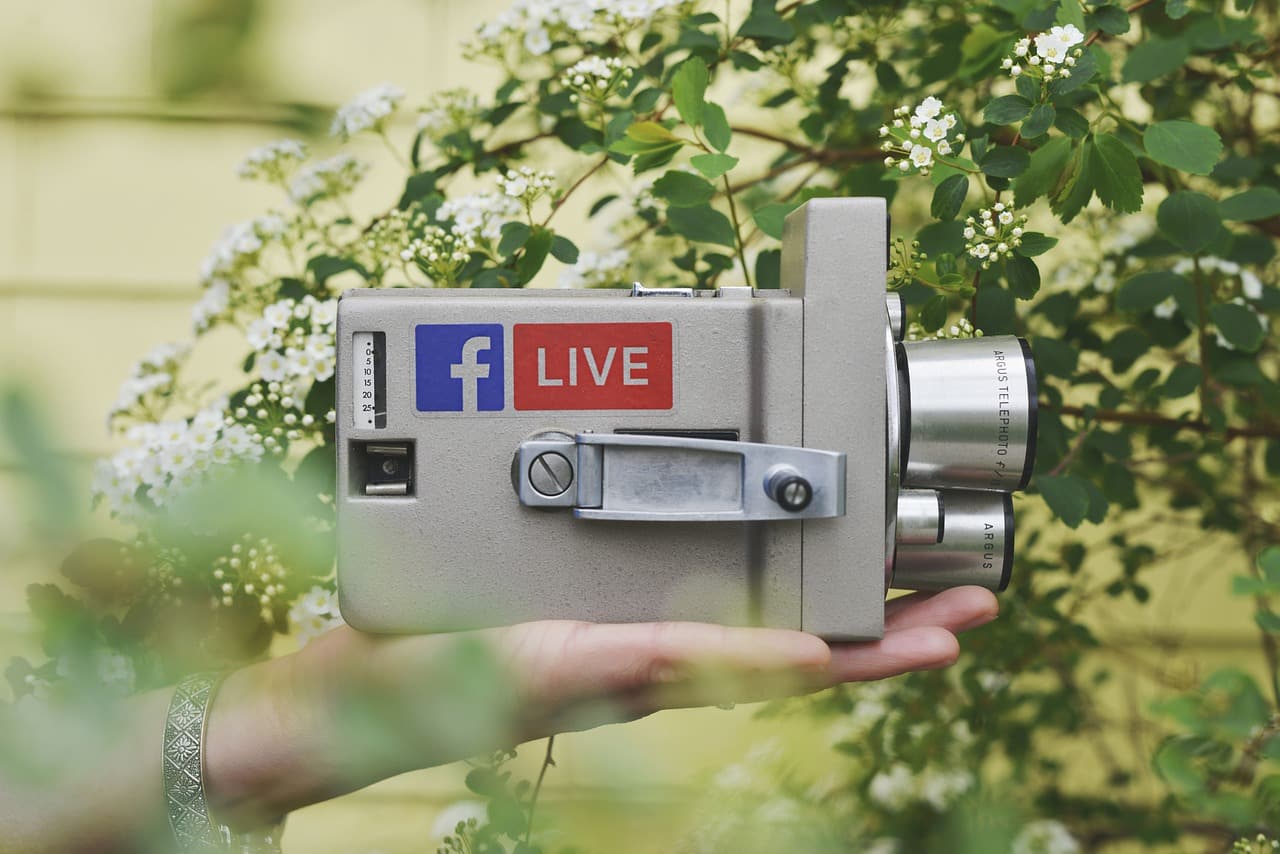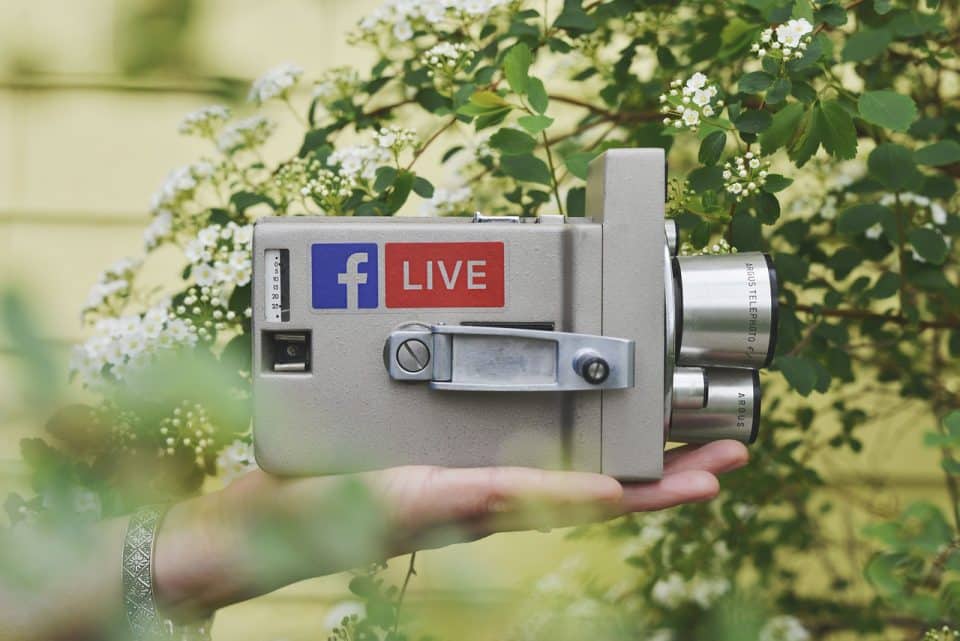It’s no secret that we are living in a world where speed and instant gratification are not just important, they are expected. If a page doesn’t load quickly enough, we move onto one that will; if a video loads too slowly, we don’t watch it. We desire fast information that is encapsulated for convenient digesting. We want it and we want it now.
Live streamed video is the latest and greatest when it comes to satiating our needs for fast and immediate content. Like a breaking news update, live streaming puts viewers in the action and gives them a first-look at the information, whether it is a live streamed event, a new product release, Q&A or otherwise.
The power potential of live streamed content has only grown with Google’s latest update, which allows content creators to add SEO markup to to their live stream videos. There’s also the Indexing API to send a signal to Google with important information about your live stream.
This discussion will explore the following:
- The benefits of creating and promoting live streamed content
- Popular live streaming platforms
- How to make the most out of this update for live streamed content
Top Live Streaming Platforms
Compared to other content types, live streaming is relatively new to the neighborhood. Yet, its arrival has already created a big impact in a short amount of time. Consider some of the following stats for the most popular live streaming platforms:
- The number of Facebook Live broadcasts continue to double each year (since its start in 2016)
- Live videos on Facebook are watched 3x longer than non-live videos and produce 6x the number of engagements
- “Facebook livestream,” as a search, has grown in popularity by 330% since its start
- 10 million total users registered with approximately 1.9 million active each day*
- 75% of its users are between 16- and 34-years-old
- 15% of the top brands on Twitter use Periscope regularly
* It’s important to note that Twitter, Periscope’s owner, doesn’t release a lot of new usage stats about its live streaming platform and some of these numbers may be dated as far back as 2015.
- 15 million active users each day
- Users spend on average 95 minutes on Twitch in a single session
- Approximately 82% of users are male
*TwitchTV is predominantly designed for streaming video game content, but it is an important platform to showcase as an example, in terms of live streaming platforms, because of how successful it has been.
The Benefits Of Live Streamed Content
Before we get into this new update and how content publishers can make the most out of it, let’s review some of the added value that live streamed videos have.
Triggers audience’s fear of missing out
One of the reasons that this content and its platforms have had such a meteoric rise is because “live” signals to the viewer that the video, event or stream is ephemeral and fleeting. If they don’t watch now, the event is gone forever. They don’t want to miss out on the exclusive opportunity to see the video as it is happening. In turn, this expands the reach of your live events to reach more and more people.
Strengthens the brand-customer relationship
Social media has done a great job of elevating the brand-customer dynamic. We’re able to connect with brands, share our sentiments directly, receive replies, see a glimpse of their company culture etc. This sort of persistent connection wasn’t possible before. Live streamed content takes it to another level. Followers get to see the real faces, people and personalities behind their favorite brands and watch/react to them in real-time.
It’s one of the cheapest content formats out there
Live streamed content, on paper, is practically free. There’s no editing software required, like with traditional videos. If you’re streaming an event, it’s just a matter of turning a smartphone or laptop on and broadcasting the event. Many of the common live streamed video formats take very little preparation.
Use it as a jumping off point towards your other content
Content works best when you can manage to connect one piece to the next. This keeps your leads and potential customers browsing your pages longer. There’s certainly powerful SEO impacts of creating strong, internal link structures, but there’s a lot to be said about effectively controlling traffic and how visitors move across your web pages and social media accounts. In this respect, live streaming has a lot of potential. You can directly speak to your customers and tell them where to go next to be connected with more, relevant information.
Real-time is the best time
When content is live streamed, viewers aren’t just seeing it in real-time, they also have the ability to respond in real-time as well. This is arguably the best feature of live streamed content. It creates a conversation as the content is happening. Imagine yourself writing a blog post and immediately receiving feedback when a point you make needs clarification or a reader has a suggested source that proves, or refutes, your point.
Real-time streaming opens the door to enhanced content formats, like live Q&As, walkthroughs and how-to’s, that, while possible in other forms, are made much better by the real-time conversational quality of live streamed content.
Capture the very latest attitudes and brand sentiments
Measuring audience attitudes is an important, yet challenging, task for brands. In order to know what is working and what isn’t, you need to monitor customer sentiments. What they react to and whether those reactions are positive or negative. One of the reasons that this is so challenging is because these attitudes are changing constantly.
When you analyze attitudes and sentiments that have been shared over a long period of time, there’s little-to-no guarantee that those feelings exist in the same way anymore. With live stream comments, you absolutely know that these are the real, current attitudes of the audience.
Utilizing Google’s Live Stream Update
If you create live content, or are thinking about beginning to, this latest Google update is big news. You need to not only be aware that it exists, but also how to markup your live streams with the right data to land on Google search results.
The following markup example of VideoObject and isLiveBroadcast is one Google provides in its breakdown of live stream content:
This markup gives Google essential information about your live content, such as when it starts and ends, title, URL, duration and more.
If you aren’t sure when the live stream will end exactly, it is okay to offer an approximated endDate. Also, you can create the markup for these pages in advance and set startDate for the future. This gives Google advanced notice that you will be live streaming at this particular date and time.
Once your live stream has the right structured data to allow Google to identify it as live content, your next step is to use the Indexing API to alert the search engine when
- the stream goes live
- the content is finished streaming and you’ve updated the endDate markup
- a change has been made to the video’s markup
This will ensure that your live content is crawled quickly. Indexing API is especially crucial for live streams since the content itself is so short-lived. You don’t want to lessen its impact by not having the page crawled in time or having old markup.
Google breaks down the process of submitting the Indexing API here.
Conclusions
Live streaming has huge potential that’s been made even bigger with this new Google update; that’s the short version. The longer version is that live content attracts more views and holds that viewership longer than traditional, non-live videos. It is inexpensive to create and allows content creators to immediately interact with comments or questions.
Real-time truly is the best time.
If you create live content, Google’s new update will allow you to markup these videos with structured data and use Indexing API to notify the search engine when your content is going live, ending or changing.
What are some of your favorite types of content to live stream?

